
Can You Shoot a Fox with an Air Rifle?1 Comment25 October 2024 | Air Arms
With a noticeable surge in popularity in recent years, air rifle shooting has become the go-to choice for many shooters. Its accessibility and cost-effectiveness compared to more traditional firearms have made a massive difference in recreational shooting, pest control, and hunting. However, with implications for wildlife management and pest control, what do the laws around this look like? In regions where fox populations have become a concern, air rifles offer a more accessible solution for managing these animals, potentially reducing their impact on local ecosystems and agriculture. However, this raises an essential question for responsible hunters: Is shooting a fox with an air rifle permissible? In this blog, we will look at the UK's hunting laws, how fox control works and whether you can shoot foxes with an air rifle. 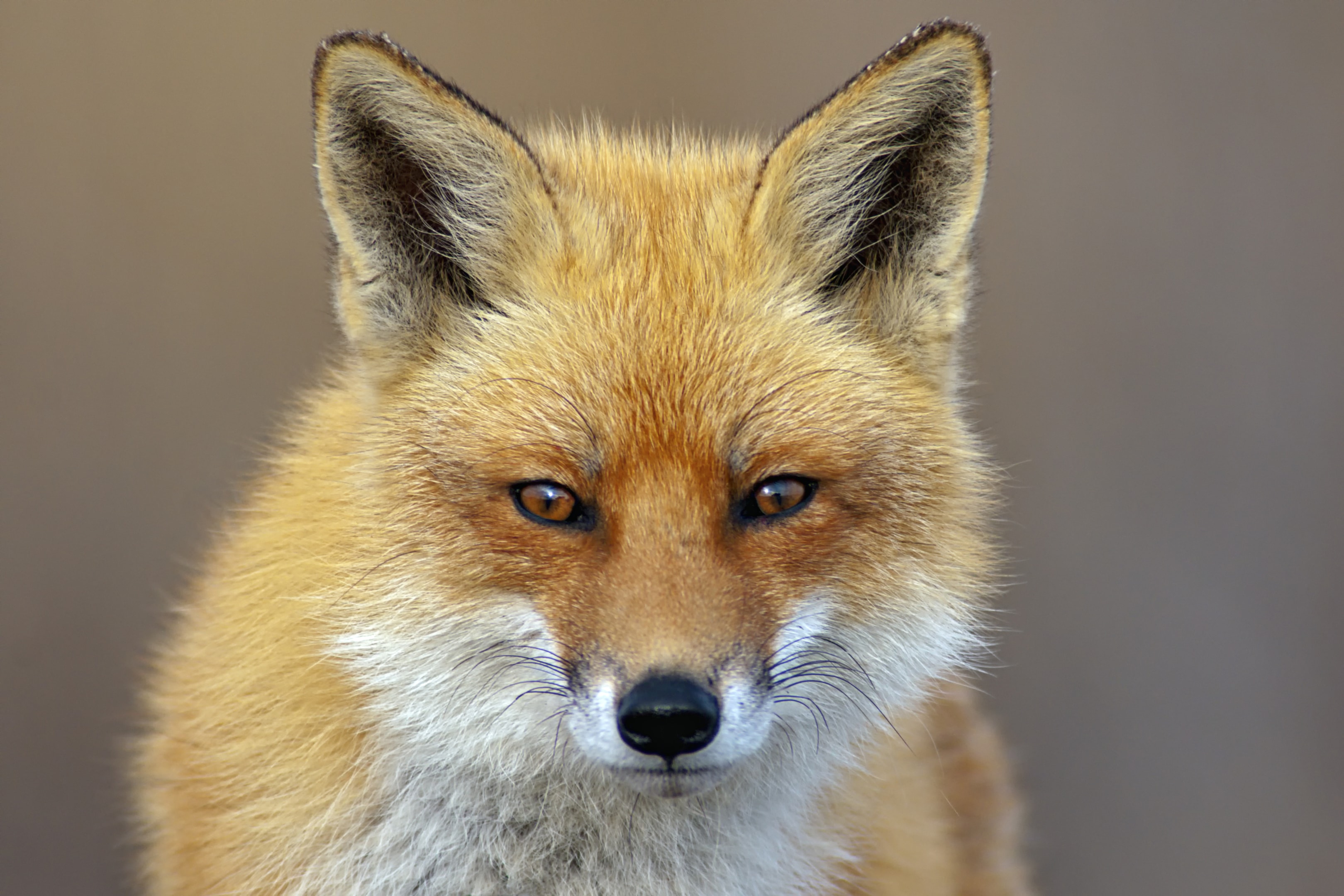 What are the laws regarding air rifle shooting in the UK?In the UK, the legal considerations surrounding the use of air rifles and hunting are complex and vary across regions. Air rifles are subject to specific regulations, and their use is tightly controlled to ensure public safety and animal welfare. In the UK, the laws regarding air rifles and hunting are as follows: Air Rifle Classification1) Air Rifles with Muzzle Energy Below 12ft/lb
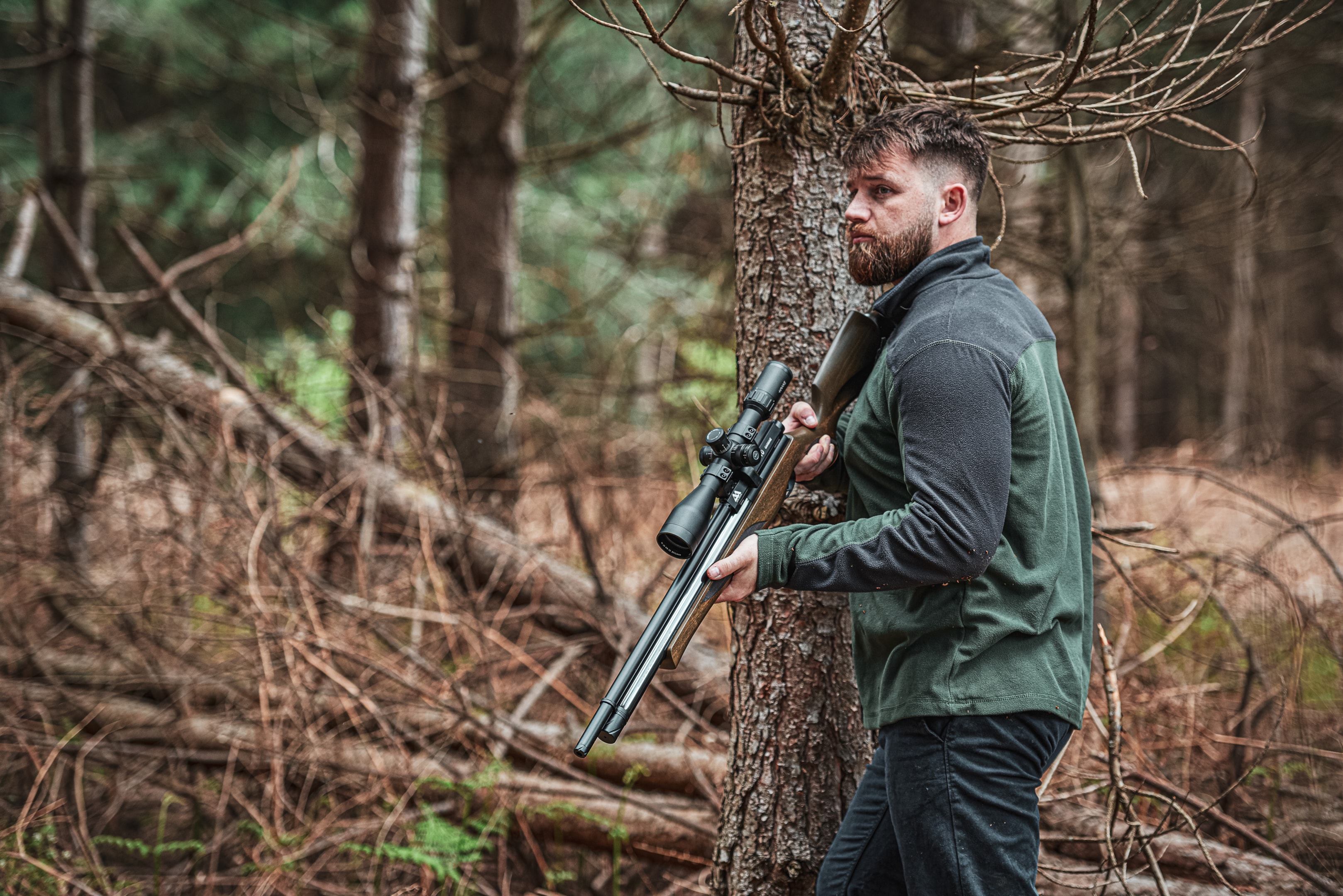 2) Air Rifles with Muzzle Energy Exceeding 12ft/lb
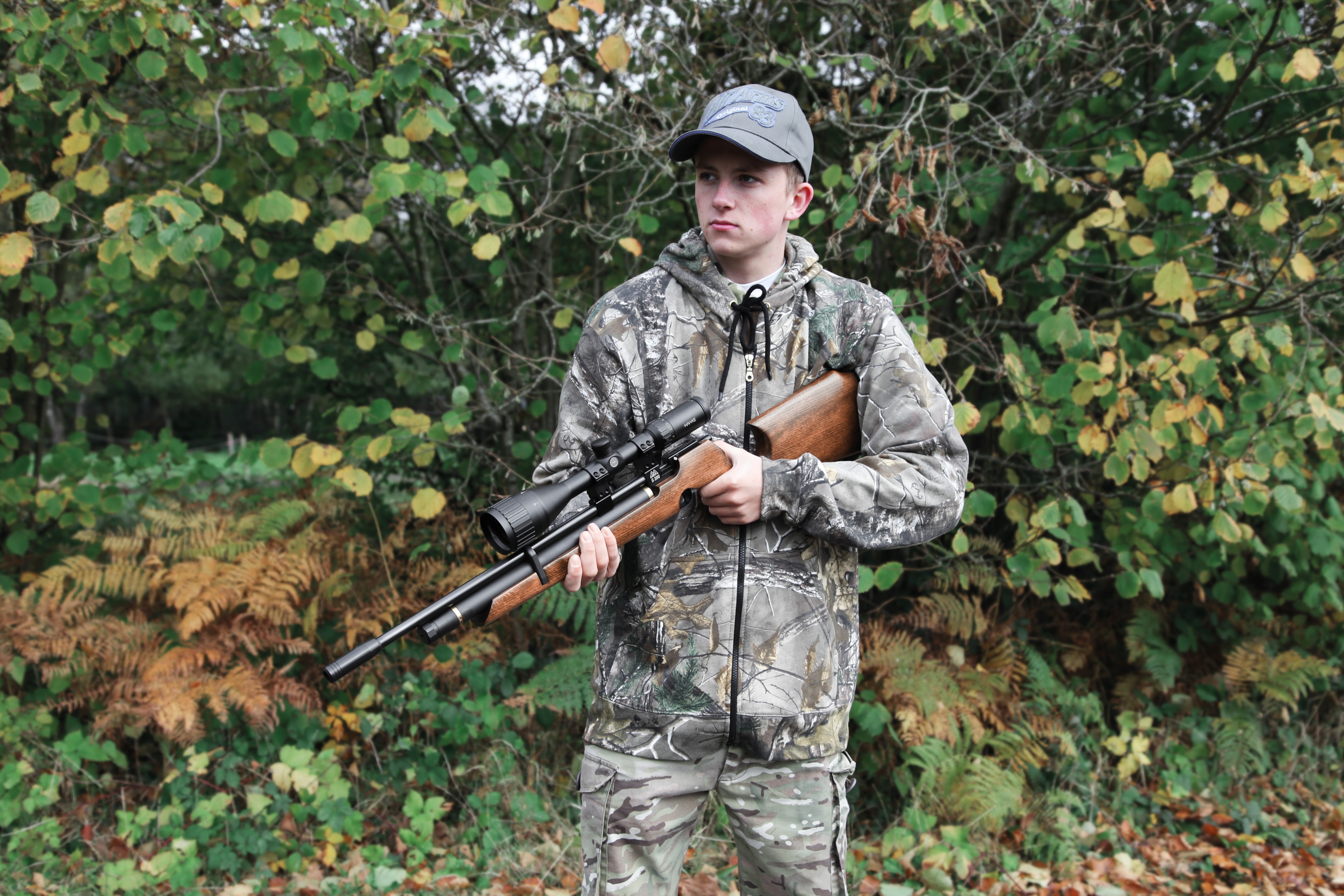 Location Restrictions:1) Shooting on Private Property
2) Observing Local Laws and Restrictions
Hunting Regulations:1) Target Species:Air rifles are commonly used for hunting small game and pests, including rabbits, squirrels, rats, and certain birds like pigeons. These species are often targeted for pest control or population management. 2) Ethical Hunting Practices:Shooters must ensure that their actions are humane and ethical. This includes using appropriate calibres and shot placement to ensure a quick and humane kill, minimising suffering. Compliance with the Wildlife and Countryside Act 1981The Wildlife and Countryside Act 1981 provides the legal framework for wildlife and wild animal protection in the UK. It outlines which species can be hunted and under what conditions, ensuring that wildlife is conserved and protected. The Act prohibits the hunting of protected species, including many birds and mammals. You must be aware of which species are protected to avoid legal repercussions. Some species may only be hunted during specific seasons to protect breeding populations and it is vital for you to make yourself aware of these restrictions and plan your activities accordingly. 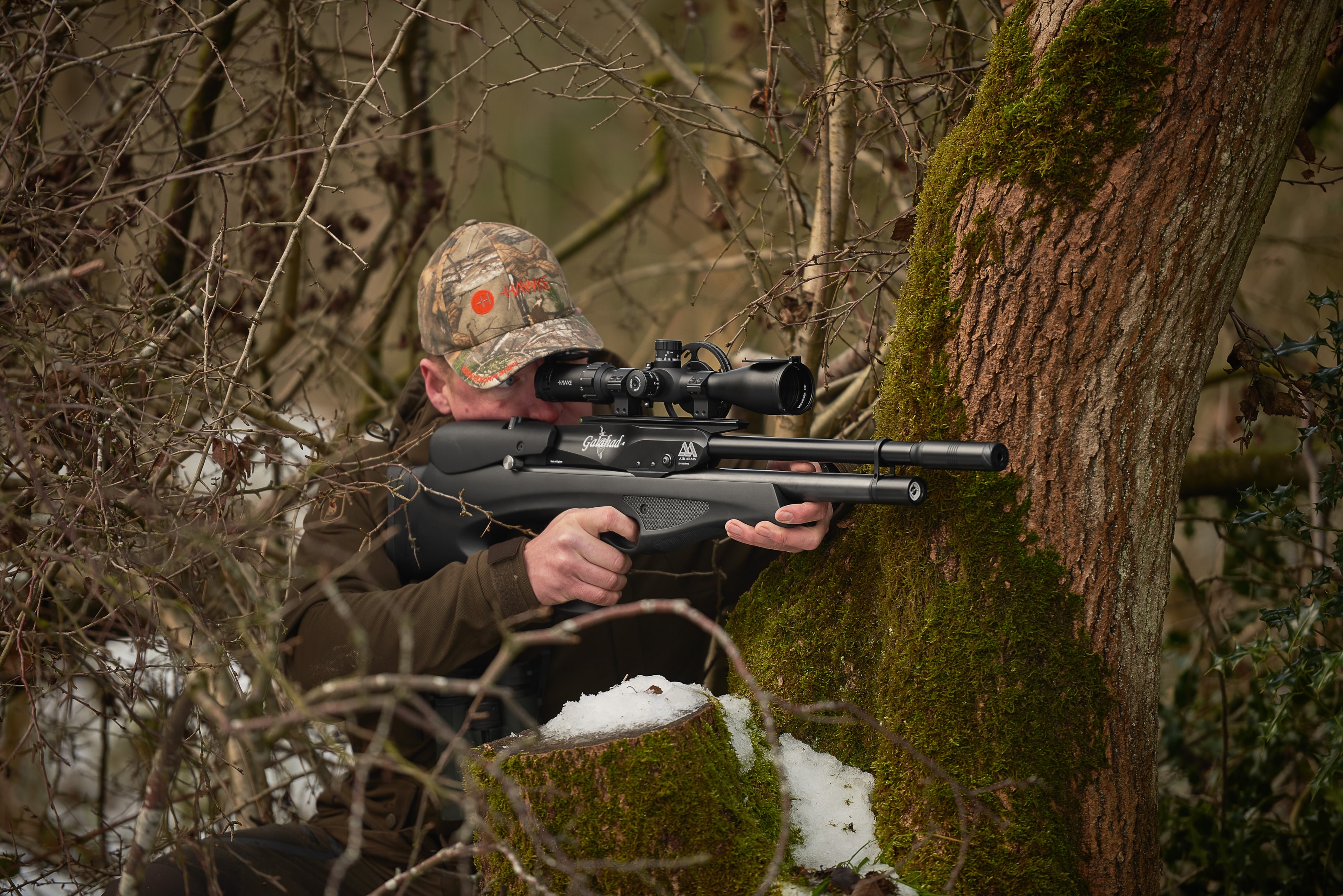 So, with all this in mind - can you shoot foxes with an air rifle?In the UK, shooting foxes with an air rifle is technically legal, provided it does not cause undue suffering to the animal. However, using an air rifle for this purpose is generally not recommended due to concerns about humane killing. Prohibition of Unnecessary SufferingIt is illegal to use air rifles in a way that causes unnecessary suffering to animals. This includes using inappropriate equipment or techniques that do not ensure a quick and humane kill. Violating these regulations can result in legal action, including fines and the revocation of hunting privileges. Hunters must stay informed and adhere to best practices to avoid such outcomes. Humane killing guidelines are designed to ensure that animals are dispatched quickly and with minimal suffering. Here are some key principles and practices to follow for humane killing, especially when using air rifles:
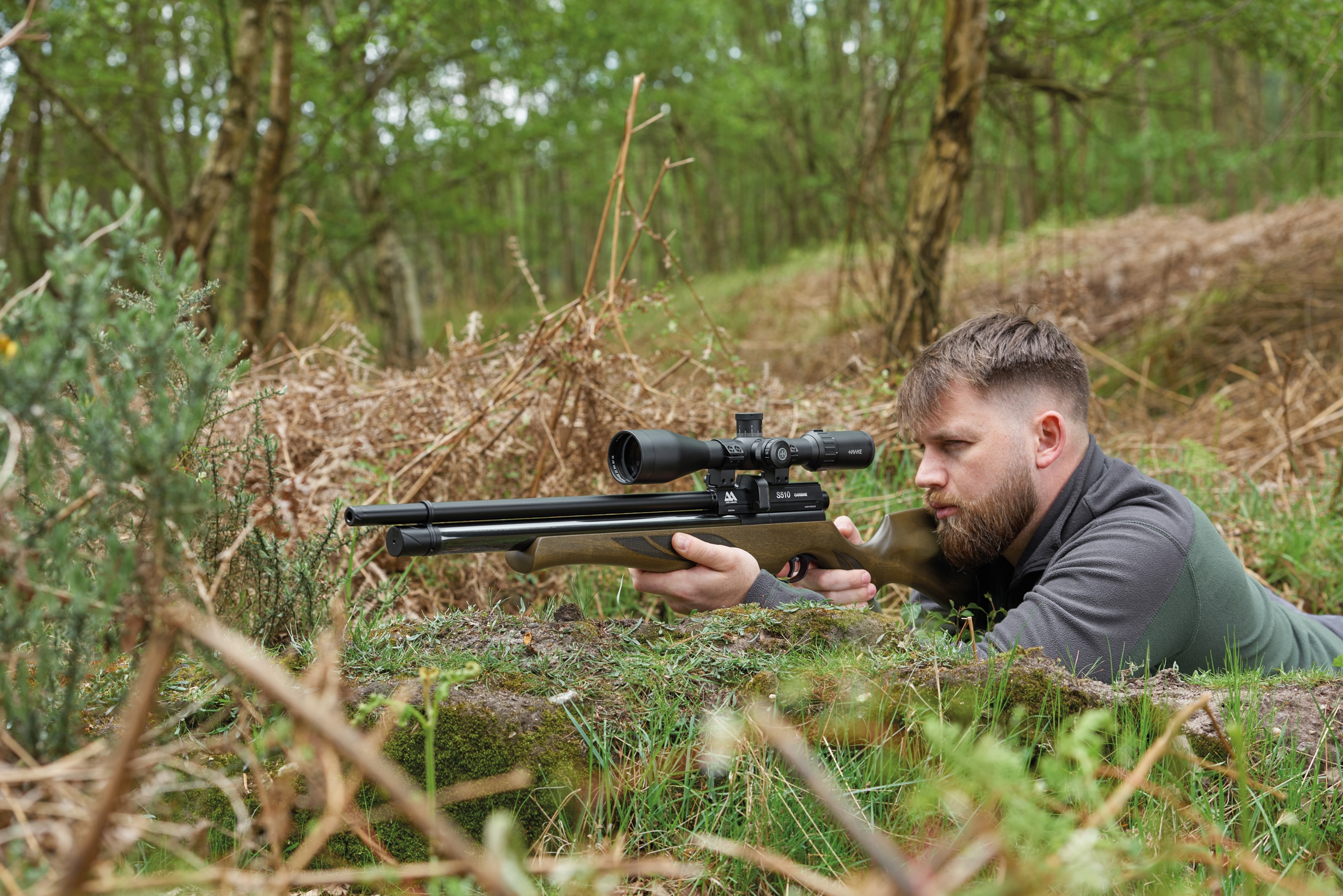 ConclusionSo, while shooting foxes with an air rifle is legal, it is not recommended as the choice to help with fox control. Despite certain circumstances where you can humanely kill a fox, there are many methods more viable and appropriate. Ensure you're up-to-date with all the legal requirements so you can use your air rifle legally and safely. If you have any questions or queries regarding air guns, air rifle pellets and air rifle laws, please do not hesitate to contact us. We're here to help with your air gun and shooting needs and ensure you have the best foot forward! |
|
First class article of sound advice, legally informative and best practice offered.